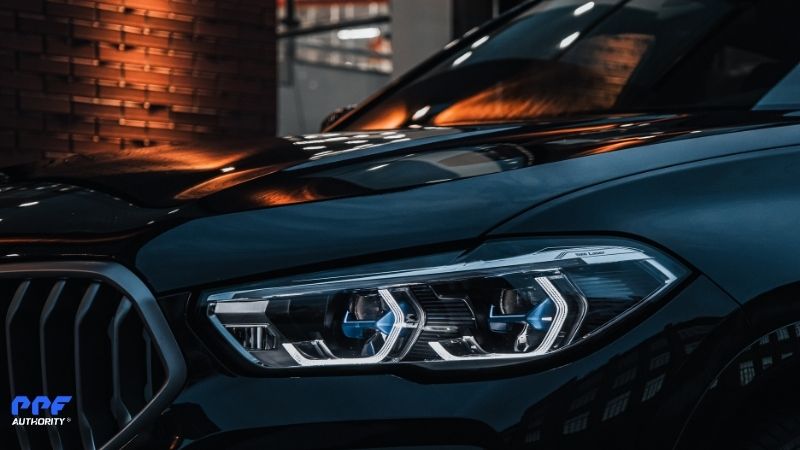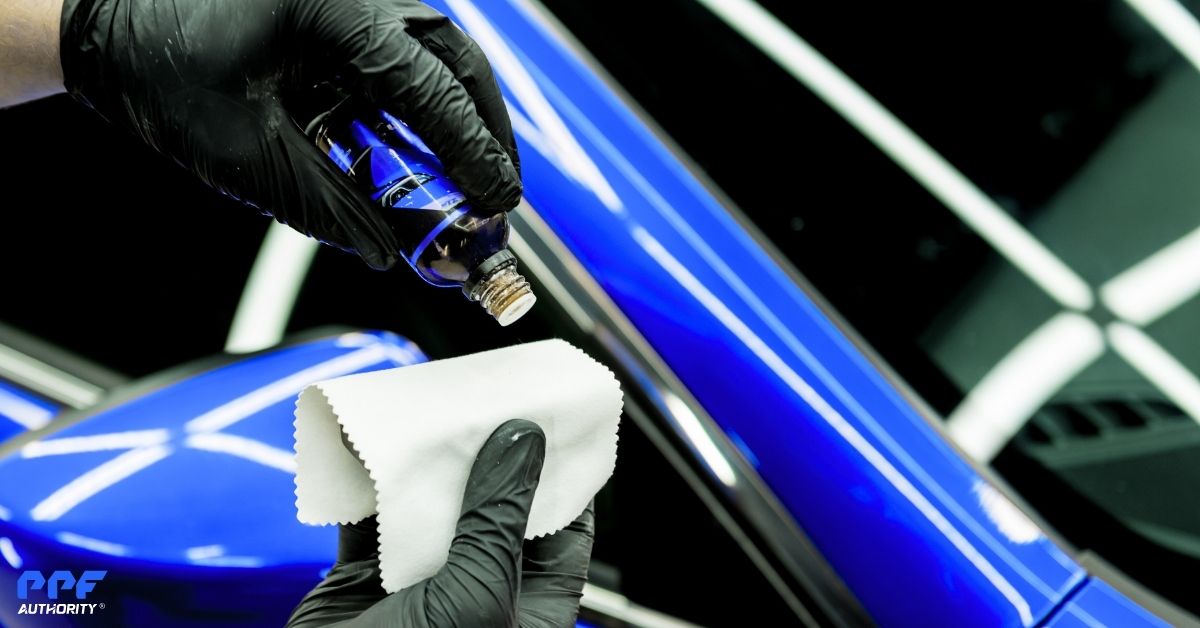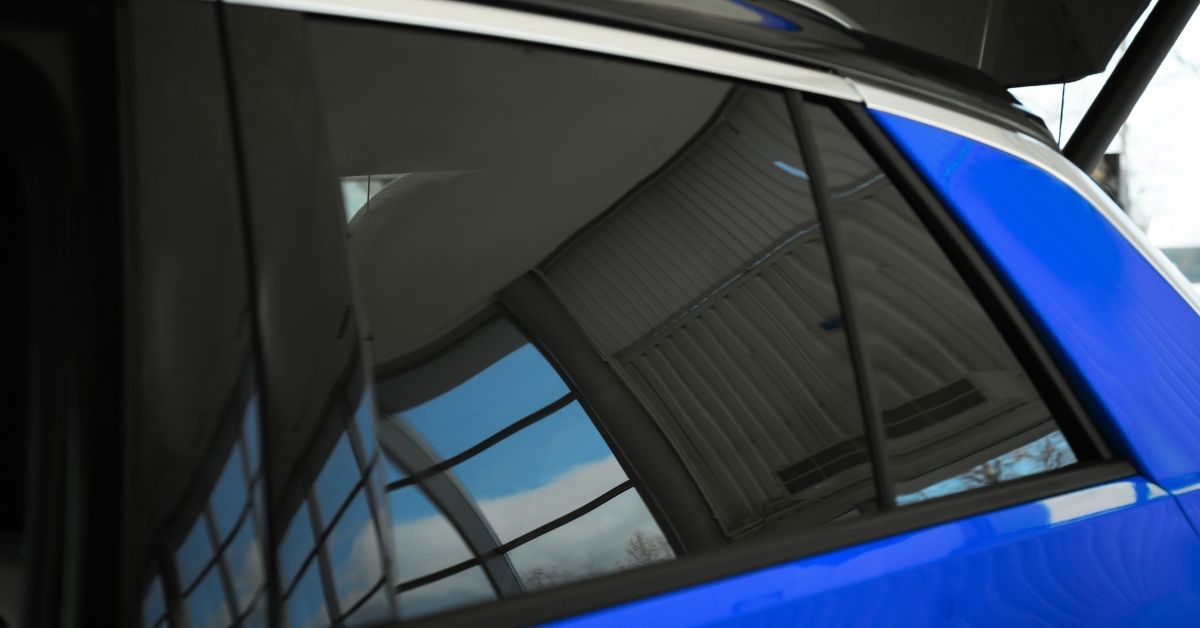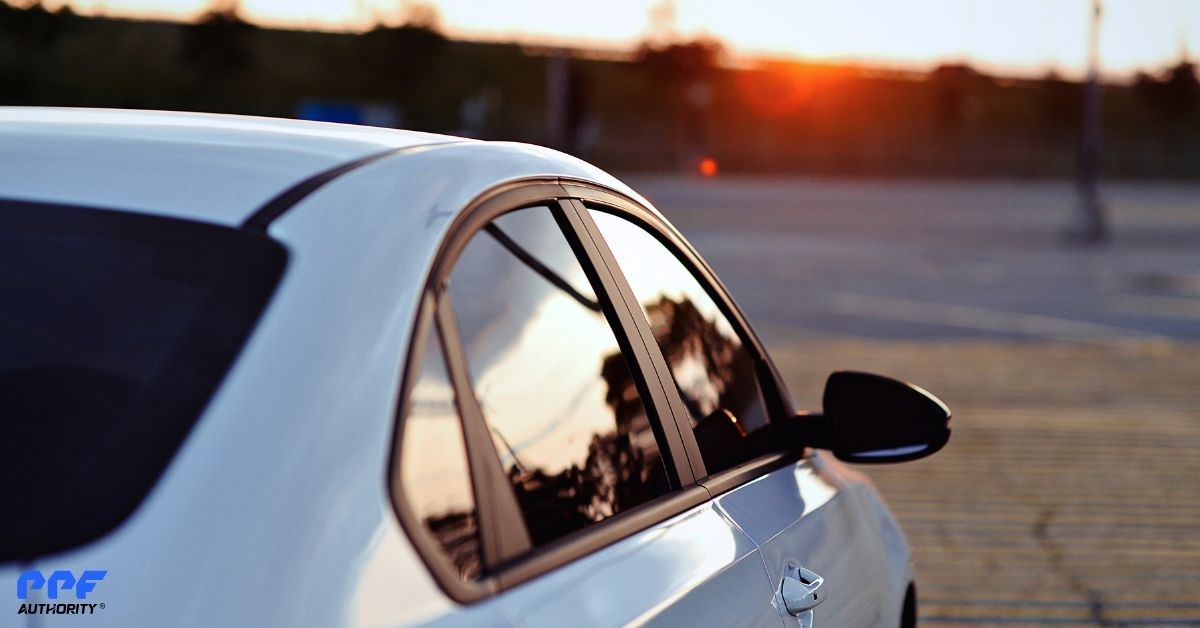Window tinting has become a staple in modern vehicle aesthetics, comfort, and protection. What began as a simple solution to reduce glare has transformed into a sophisticated technology that offers UV protection, heat rejection, and even aesthetic customization. The journey of window tinting reflects decades of innovation, from its early beginnings to the advanced products available today.
In this article, we’ll explore the history of window tinting, highlight key technological milestones, and discuss the latest innovations shaping its future.
The Origins of Window Tinting
The 1960s: The Birth of Window Tinting
The concept of window tinting first emerged in the 1960s, coinciding with a growing demand for comfort and style in vehicles. Early window tints were rudimentary, using a dyed film layered onto glass to reduce glare and add privacy.
Characteristics of Early Window Tint:
- Limited durability: Early tints often faded or bubbled over time.
- Minimal heat rejection: These tints primarily reduced glare without significantly lowering interior temperatures.
- Limited UV protection: They offered little to no shielding from harmful UV rays.
While these early solutions were basic, they laid the foundation for future innovations in window tint technology.
The 1970s and 1980s: Expanding Applications
As automotive technology advanced, so did window tinting. In the 1970s and 1980s, manufacturers began experimenting with new materials and production techniques to enhance performance and durability.
Key Innovations of This Era
Metallic Window Tints:
- Introduced in the late 1970s, metallic tints used tiny metal particles embedded within the film.
- Benefits: Improved heat rejection and added a reflective quality to the film, enhancing privacy.
- Drawbacks: Metallic tints often interfered with radio, GPS, and cellular signals.
Increased Durability:
- Improved adhesives reduced the likelihood of bubbling or peeling.
- Films became more resistant to fading over time.
Broader Adoption:
Window tinting became more common in the commercial and residential sectors, in addition to automotive applications.
The 1990s: Enhanced Functionality and UV Protection
In the 1990s, advancements in material science brought about significant improvements in window tinting.
Technological Milestones
UV-Blocking Technology:
- Films began incorporating UV inhibitors, blocking up to 99% of harmful UV rays.
- This advancement protected vehicle interiors from fading and shielded occupants from skin damage.
Improved Heat Rejection:
- Films were engineered to reject a higher percentage of infrared (IR) rays, significantly lowering cabin temperatures.
- This innovation made window tinting more popular in warmer climates.
Non-Reflective Films:
- Dyed and hybrid films were developed to reduce the mirror-like appearance of metallic tints while maintaining performance.
- These options provided a more natural, sleek aesthetic.
The 2000s: Entering the Modern Era
The early 2000s saw window tinting technology evolve further, focusing on performance, durability, and eco-friendliness.
Key Developments
Carbon Films:
- Introduced as a non-metallic alternative, carbon films offered superior heat rejection without interfering with electronic signals.
- Advantages: Increased durability, fade resistance, and a stylish matte finish.
Ceramic Window Tint:
- The introduction of ceramic films marked a major milestone in window tinting technology.
- Features:
- Excellent heat rejection and UV protection.
- Signal-friendly: Unlike metallic tints, ceramic films did not block GPS, radio, or cellular signals.
- Longevity: Ceramic tints resisted fading and bubbling over time.
Pre-Cut Templates:
Computer-cut technology allowed for precise film cutting based on specific vehicle make and model, reducing installation errors.
Recent Advances in Window Tinting Technology
Window tinting technology continues to evolve, driven by a demand for better performance, aesthetics, and sustainability.
Multi-Layered Films
- Modern tints now feature multi-layered construction, combining different materials to achieve optimal performance.
- Benefits: Improved heat rejection, UV protection, and durability.
Smart Window Tint (Electrochromic Film)
- One of the most exciting innovations in recent years is smart tint, which allows users to adjust the tint level with the push of a button.
- How It Works: Electrochromic technology uses an electrical current to change the transparency of the film.
- Benefits:
- Drivers can darken or lighten the tint based on their needs.
- Improves energy efficiency by adapting to sunlight intensity.
- Applications: Increasingly used in luxury vehicles and smart homes.
Nano-Ceramic Films
- Nano-ceramic technology has further refined ceramic tints by incorporating nano-sized particles into the film.
- Features:
- Superior heat rejection, even with lighter tint shades.
- Enhanced optical clarity, ensuring excellent visibility both day and night.
- Better glare reduction compared to traditional ceramic films.
UV and Infrared (IR) Protection Enhancements
- Today’s films are designed to block nearly 100% of UV rays and up to 90% of infrared heat.
- Advantages:
- Protects vehicle interiors from fading and cracking.
- Keeps passengers cooler and more comfortable.
Sustainable and Eco-Friendly Films
- Manufacturers are focusing on reducing environmental impact by creating eco-friendly window films.
- Features:
- Low-VOC (volatile organic compound) adhesives.
- Recyclable materials.
- Improved energy efficiency, reducing the need for air conditioning.
The Future of Window Tinting
Integrated Technologies
Future advancements may integrate window tinting with vehicle smart systems. For example:
- Tints that adjust automatically based on external light conditions.
- Films embedded with solar panels to charge electric vehicles.
Augmented Reality (AR) Tints
Research is being conducted into AR-enabled films that display navigation or vehicle data directly on the window.
Enhanced Durability and Self-Healing Properties
Similar to advancements in paint protection film (PPF), future window tints may feature self-healing capabilities to repair minor scratches or damage.
Conclusion: The Evolution of Window Tinting
Window tinting has come a long way from its humble beginnings in the 1960s. What started as a simple glare-reducing solution has transformed into a highly advanced technology that offers comprehensive protection, improved comfort, and customizable aesthetics.
From UV-blocking films to cutting-edge smart tints, window tinting continues to evolve, catering to the needs of modern drivers. As technology advances, the future of window tinting looks brighter than ever, with smarter, more durable, and eco-friendly solutions on the horizon.
Whether you’re seeking comfort, protection, or style, today’s window tinting technology offers a solution tailored to your needs.



